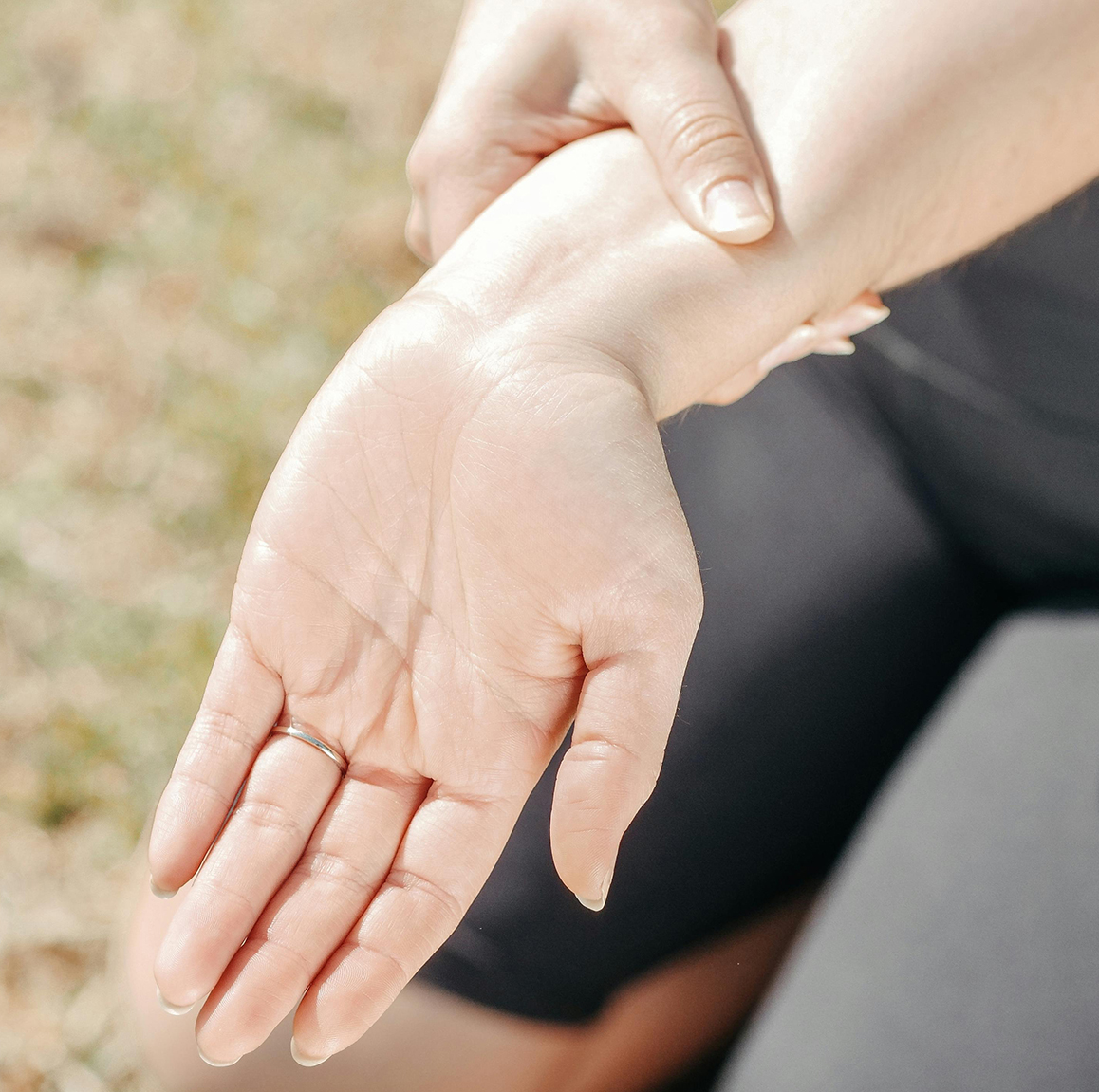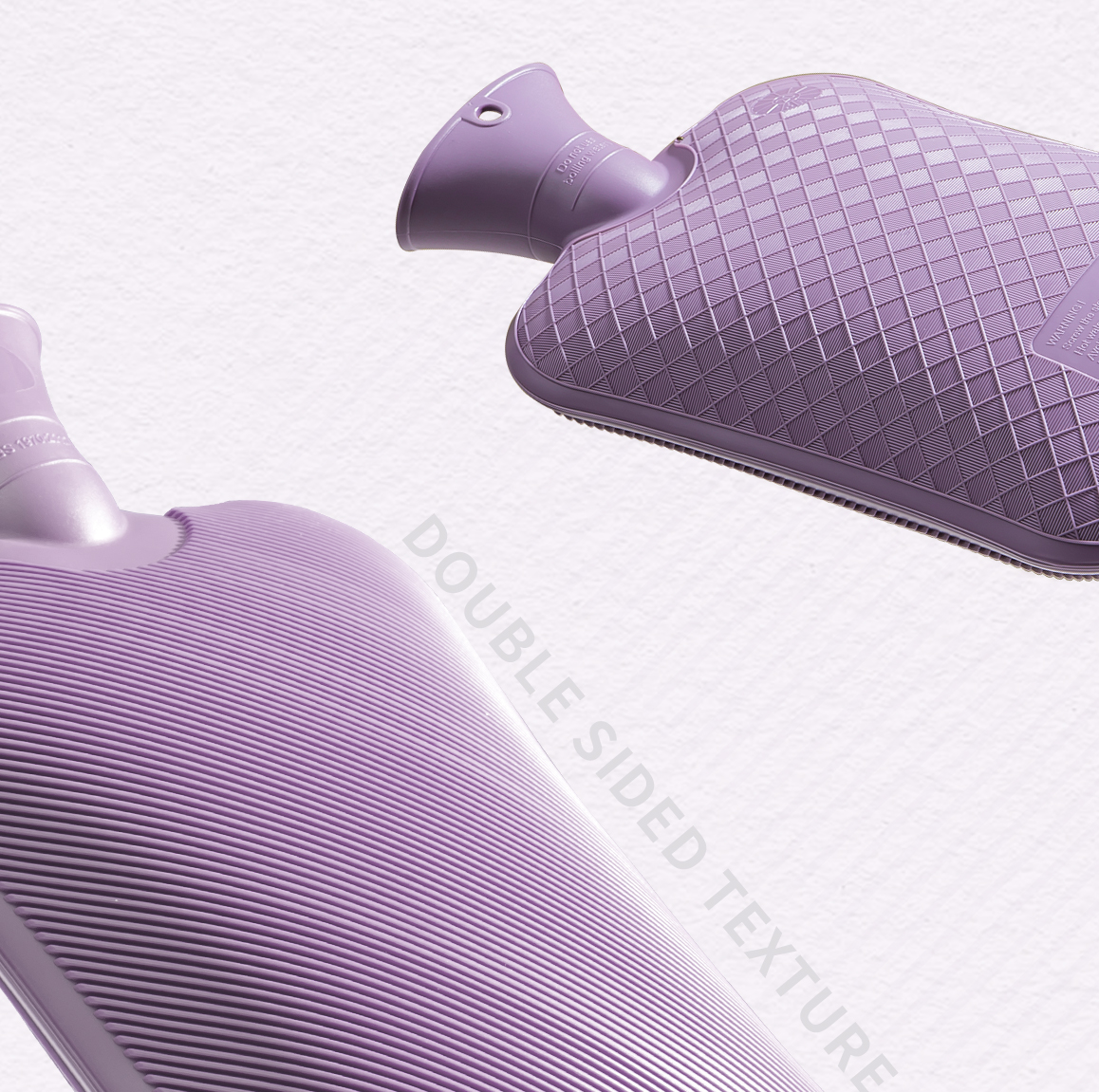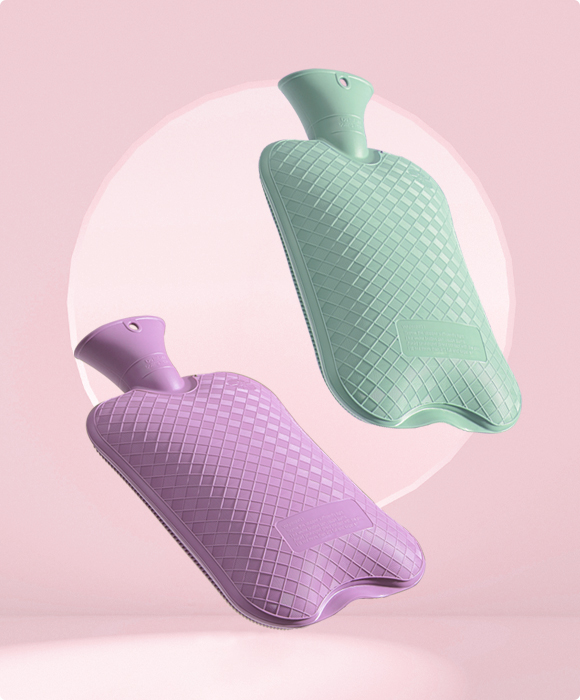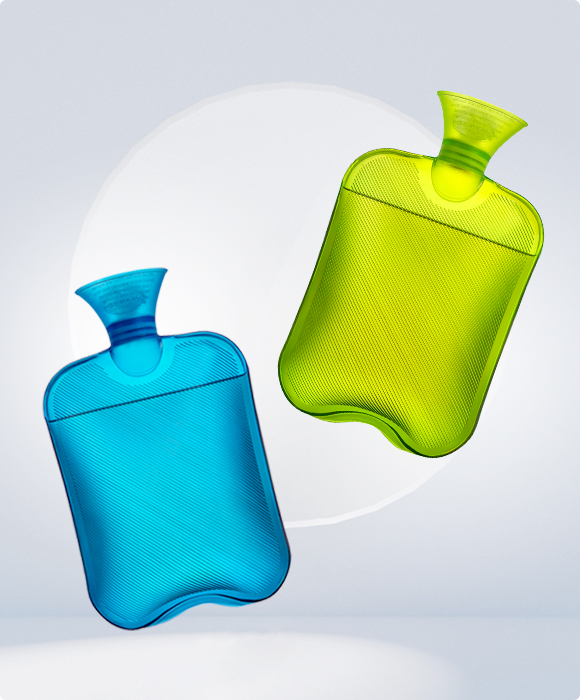1.Introduction
2.The Role of Ice in Treating Tendonitis
3.How to Apply Ice for Tendonitis
4.The Role of Heat in Treating Tendonitis
5.How to Apply Heat for Tendonitis
6.When to Use Ice vs Heat for Tendonitis
7.How to Perform Contrast Therapy
8.Other Considerations in Tendonitis Treatment
9.Conclusion
Introduction
Tendonitis affects many individuals through tendon inflammation that arises from tendon irritation in these hand-to-bone connectors. Tendonitis develops mostly from repeated motions combined with excessive utilization and resulting tissue injuries. Tendonitis most commonly happens in four regions of the body including shoulders in addition to elbows and wrists and knees and heels. The decision which proves more effective in treating tendonitis involves the use and benefits of heat against the application of cold for managing discomfort alongside healing process. Awareness about how heat and ice interact with tendonitis along with their separate advantages helps people select the most effective recovery therapy.
The Role of Ice in Treating Tendonitis
Ice therapy serves as cryotherapy and medical professionals usually suggest patients use it initially during their tendonitis development or right after sustaining an injury. Ice therapy provides two main advantages for treating tendonitis along with other inflammatory tissue injuries.
1.The application of ice causes blood vessel constriction through vasoconstriction to lower blood flow toward the affected area thus reducing inflammation. The treatment application of ice reduces swelling and inflammation that produce tendon pain.
2.Icing has a temperature-regulating power that cuts down nerve signals which creates pain relief for people with tendonitis. The treatment works well for acute or severe tendonitis pain episodes.
3.The application of ice in the early stages helps regulate swelling which otherwise would lead to tissue damage by preventing additional tendon injury.
How to Apply Ice for Tendonitis
You should apply an ice pack or frozen gel pack or ice in a towel cover for reducing skin contact to prevent frostbite. Use ice treatments several times daily that last each session between 15 to 20 minutes, especially after physical activities that worsen the symptoms. Before reusing ice you should let your skin regain its usual temperature. An ice treatment achieves optimal results if applied in the first two days or the initial three days following an injury event.
The Role of Heat in Treating Tendonitis
Chronic tendonitis together with conditions affecting muscle stiffness respond well to heat therapy called thermotherapy. Three main advantages result from heat treatment applications to the body.
1.Heat therapy expands blood vessels through vasodilation which creates better access of oxygen and nutrients to the affected tendon. Tissue repair occurs due to the improved blood flow as a result of heat.
2.Heating the body leads to muscle tendons becoming more flexible and reduces stiffness so movement becomes less challenging in tendonitis-prone regions.
3.Heat leads to better relief of constant tendonitis discomfort because unlike cold packs it produces soothing relaxation rather than blocking pain sensation.
How to Apply Heat for Tendonitis
You should try any combination of heating pad, warm towel and hot water bottle or heat compress to achieve treatment benefits. Heat therapy sessions should last between 15 and 30 minutes during which time maintain a temperature that is warm but below burning levels. Applying heat before physical action helps stretch tight muscles alongside stiff tendons thus decreasing the chances of pain occurrence when performing movements. Heating should be avoided with severe swelling since it may intensify inflammation conditions.


When to Use Ice vs Heat for Tendonitis
The choice between ice and heat depends on the stage and symptoms of tendonitis:
| Condition | Use Ice | Use Heat |
| Acute injury or recent flare-up | Yes (reduces swelling and pain) | No (may increase inflammation) |
| Chronic tendonitis with stiffness | No (may tighten tissues further) | Yes (improves flexibility and circulation) |
| Before physical activity | No (may cause stiffness) | Yes (warms up muscles) |
| After physical activity | Yes (prevents swelling) | No (may prolong inflammation) |
The combination of heat application followed by cool ice therapy stands as contrast therapy.
Some patients gain benefits from heat and ice treatment sequences referred to as contrast therapy. Application of heat followed by cold treatment reduces swelling and enhances blood flow thus speeding up recovery.
How to Perform Contrast Therapy
Your use of heat heat therapy should last between 10 and 15 minutes to achieve relaxation and better tendon blood flow. Apply ice immediately after heat treatment that lasts 10-15 minutes since ice will decrease any existing inflammation. Perform the treatment until you need to refresh the ice application when dealing with tendon inflammation. This specific recovery method shows high benefit for athletes together with people who suffer from long-term tendonitis.
Other Considerations in Tendonitis Treatment
Patients benefit most from their symptom management with ice and heat applications but complementary treatments accelerate recovery.
Reduction of painful motions which worsen the condition should be avoided through rest and activity modifications. Stretching exercises with light muscle strengthening improve tendon injury resistance by reducing strain on these tissues. A physical therapy professional will guide patients through specific exercises coupled with recovery treatments.Medical drugs such as ibuprofen (NSAIDs) help control both pain along with swelling within the injured area. The application of wearing a brace functions to limit unwanted movements which lets the healing process happen.
Conclusion
The effectiveness of heat and ice applications in tendonitis relief relies on choosing them based on the specific stages and symptoms of the condition. Ice remains the most suitable treatment for short-term pain relief along with swelling reduction and inflammation management whereas heat represents the best remedy for long-term stiffness reduction and blood circulation promotion. Some individuals achieve the optimal effect from combining the benefits of cold and hot therapy approaches through contrast therapy. Effective implementation of these treatments at the right time supports tender management and quicker healing through proper understanding of their application. Seeking evaluation from a healthcare professional becomes necessary when symptoms keep getting worse or fail to improve.

